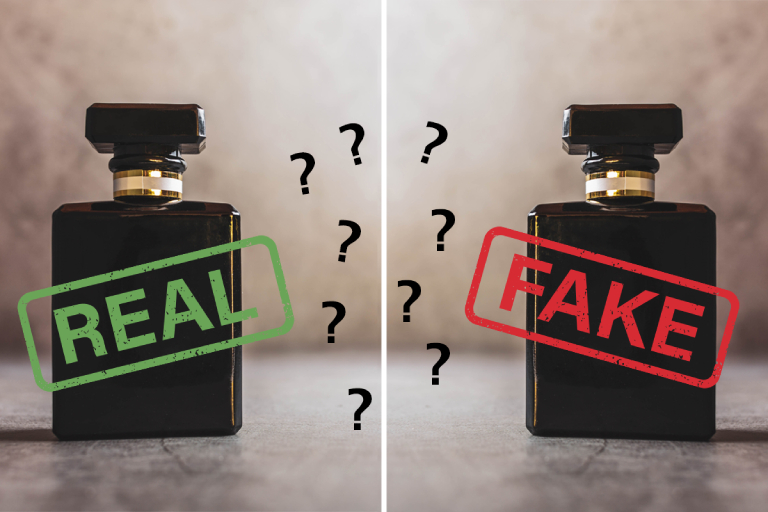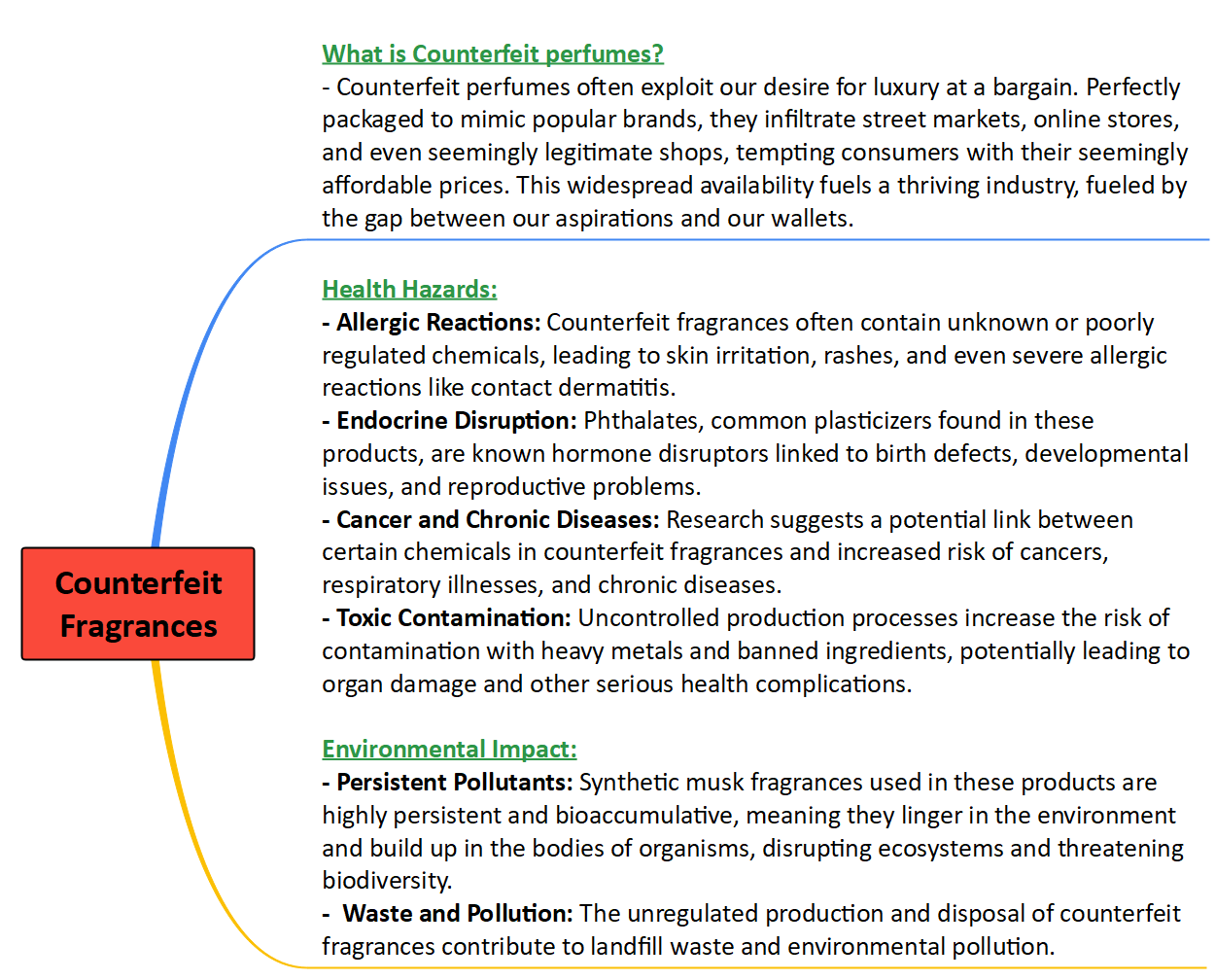Free Courses Sale ends Soon, Get It Now


Free Courses Sale ends Soon, Get It Now



Copyright infringement not intended
Picture Courtesy: veritech.in
Context: In a crucial development towards public safety, BAN Toxics, a chemical and waste management advocacy group, issued a warning against an alarming rise in the sale of imitation and counterfeit perfumes and fragrances across the Philippines.
Details
Health Risks Associated with Counterfeit Fragrances
Transparency Issues in Labeling
Concerning Ingredients in Fragrances
Environmental Impact
Advocacy and Action by BAN Toxics

|
The Call to Action ●Consumer Awareness: Educating consumers about the dangers of counterfeit perfumes is crucial. Promoting responsible purchasing habits, encouraging the use of reputable brands and authorized retailers, and highlighting the importance of checking ingredient lists are all essential steps. ●Stricter Regulations: Governments and regulatory bodies need to implement stricter laws and regulations to crack down on the production and sale of counterfeit fragrances. This includes enhanced surveillance, stricter quality control measures, and harsher penalties for offenders. ●Industry Responsibility: Ethical and sustainable practices within the fragrance industry are essential. Brands need to prioritize transparency, ensuring the safety of their products and minimizing their environmental footprint. |
Conclusion
|
PRACTICE QUESTION Q. What are phthalates primarily used for? A) Food coloring B) Plasticizers in plastics C) Antioxidants in skincare products D) Preservatives in pharmaceuticals Answer: B Explanation: Phthalates are commonly used as plasticizers in plastics to improve flexibility and durability. |
© 2024 iasgyan. All right reserved